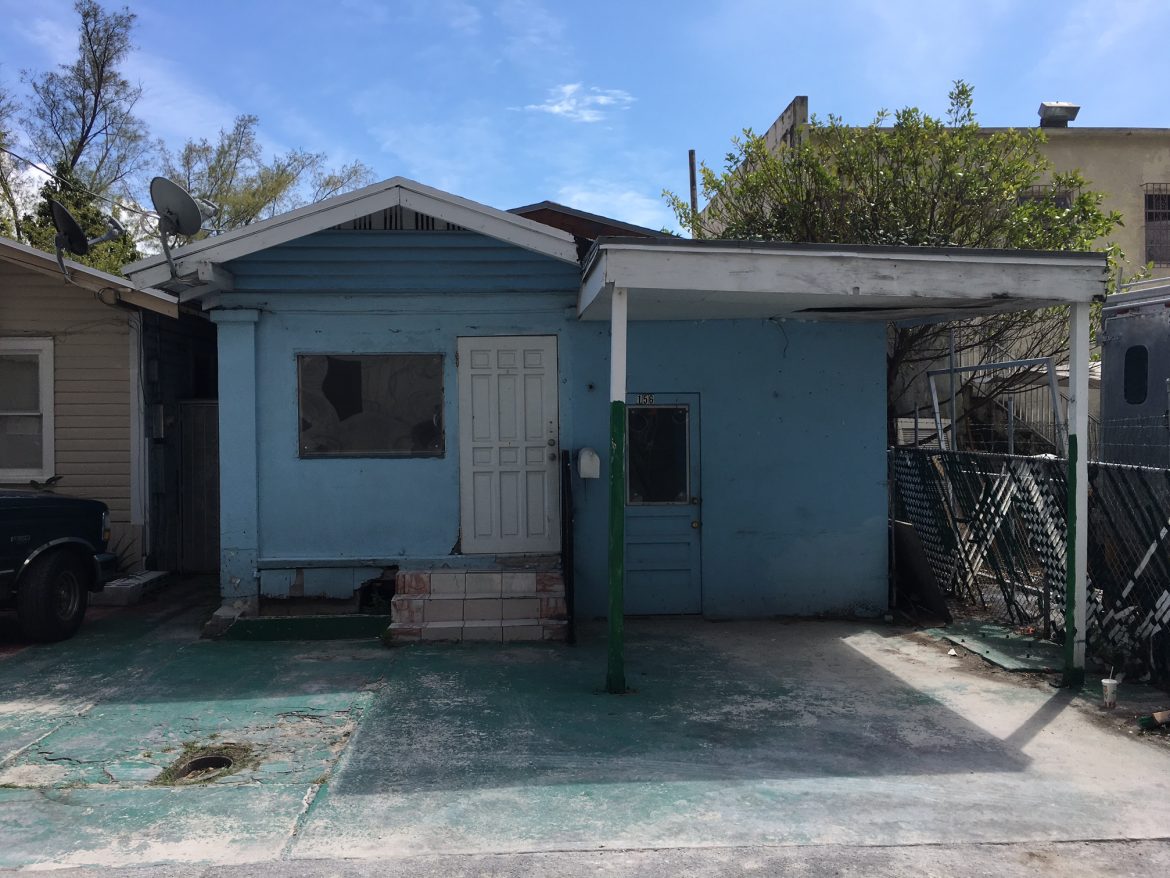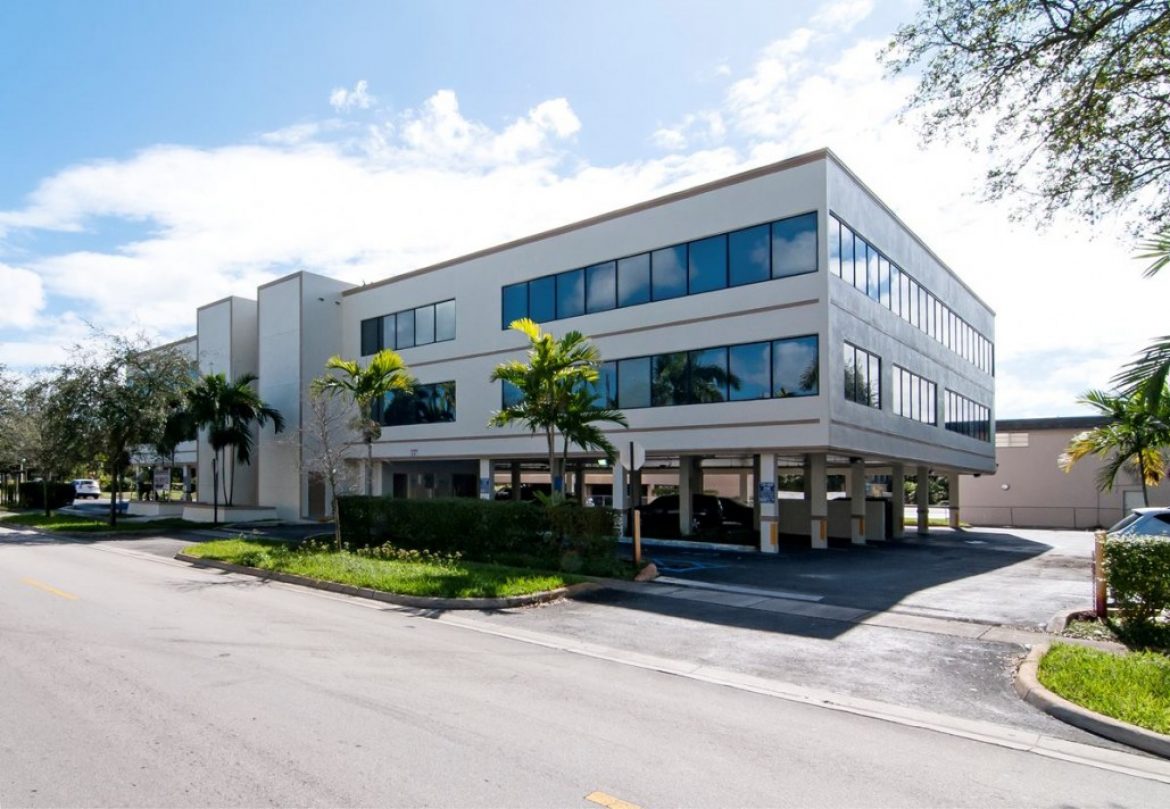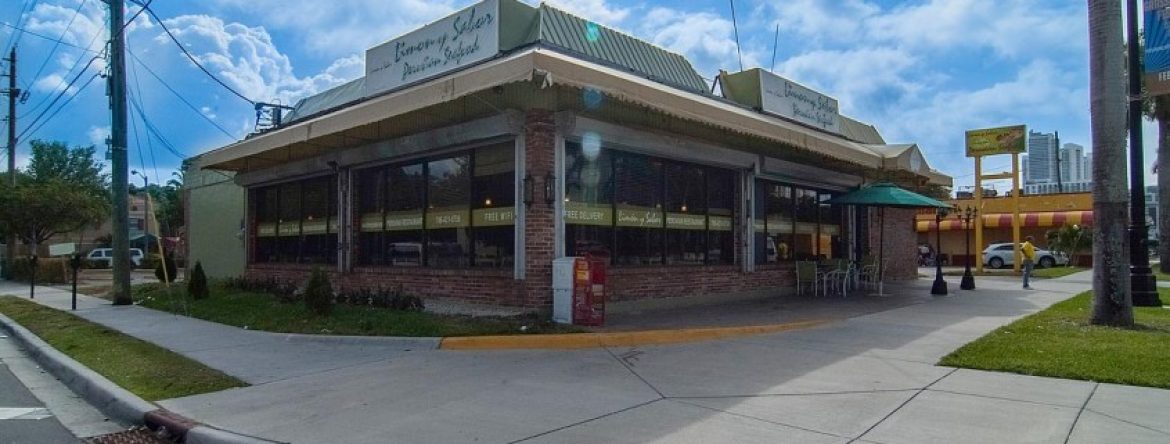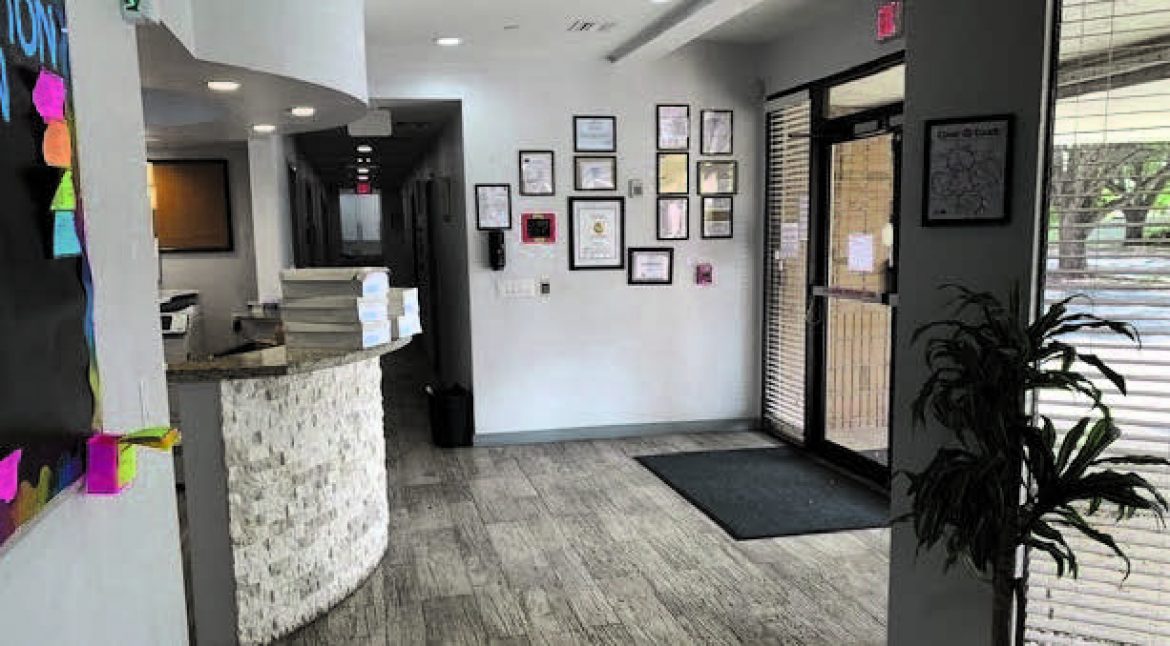
While many areas of bricks-and-mortar retailing face headwinds, one shows signs of growth and promise: health care and medical services offered within stores and shopping centers. These services extend beyond the pharmacies and optical shops that have long had a presence within many retail outlets, and now include checkups, vaccinations and management of chronic conditions like high cholesterol.
Two large drug store chains are among those at the front of this trend. Working with health care provider partners, Walgreens operates more than 230 retail clinics run by nurse practitioners. On top of that, since 2018 the Chicago-based retailer has introduced primary care centers staffed by physicians in about a dozen stores.
In 2006, CVS acquired MinuteClinic and now operates 1,100 MinuteClinic locations in 33 states and Washington, D.C. The clinics offer vaccinations and help with minor illnesses and diabetes monitoring, among other services.
Drug store chains aren’t the only companies mixing retailing and health care. In late 2019, the Mall of America in Bloomington, Minn., opened a walk-in clinic in partnership with M Health Fairview, itself a partnership between health care provider Fairview and the University of Minnesota. The 2,300-square-foot clinic offers five exam rooms and services including laboratory and radiology.

Walmart Health, now open in two Georgia locations, offers primary care. The company plans to expand to other communities and is opening a handful of additional sites in 2020, says Walmart spokeswoman Marilee McInnis.
Driving factors
Several considerations are behind the desire to bring health care to retail locations. “Patients can benefit from more convenient access to high quality care,” says Jim OConor, Walgreens’ senior vice president of U.S. health care strategy and development. Many retailers and shopping centers are positioned to address this need; about 78 percent of Americans live within five miles of a Walgreens store, OConor says.
What’s more, many malls have excess space, says Wendy Liebmann, CEO of consulting firm WSL Strategic Retail. Retailers and shopping centers can attract and retain customers, who like the convenience of handling both their health care and shopping needs in one trip. For 100 Oaks Mall in Nashville, Tenn., bringing health care into its retail mix was key to its survival: The mall was struggling when Vanderbilt Health took over about half its 850,000 square feet, now used for both clinic and office space.
Using retail locations to provide health care also might help drive down costs. While Liebmann isn’t an expert on the cost of health care, she talks with many people who are. “They see community-based health care as one way health care costs can be contained,” she says.
Americans’ interest in health and wellness is another motivator. This includes both preventative care as well as the need to manage chronic conditions, many of which become more prevalent with an aging population. “This huge focus is one of the biggest consumer spending opportunities in decades,” Liebmann says. “It’s the ‘big business of well.’”
At the same time, many hospital systems are in “growth mode,” says Todd Caruso, senior managing director with a focus on retail at commercial real estate firm CBRE Group. Moreover, executives with many systems recognize the opportunities available in outpatient care, much of which can be handled in a retail setting.
Some newer doctors and dentists, especially those graduating with mountains of debt, might decide a position at a retailer with a nice salary is more feasible than trying to buy out a practice when a doctor retires. “It’s not for everyone, but some may feel under the gun, and pressed financially, to start generating income,” Caruso says.
The models
Retailers are taking somewhat different approaches in the ways they provide health care services. Through its physician-led primary care centers, Walgreens combines its core pharmacy expertise with care provided by organizations like Partners in Primary Care, Village Medical and Southwest Medical Associates. The result is “a neighborhood health destination around a modern pharmacy that brings affordable health care services to customers,” OConor says.

While it might seem that the expansion of services to primary care would overshadow the need for pharmacies, that’s not necessarily so. As OConor notes, many older individuals have chronic conditions, and pharmacists often play a significant role in these patients’ efforts to manage their conditions.
Walgreens’ pharmacists have “specialized knowledge and training to help manage chronic diseases, provide medication therapy management support, administer life-saving immunizations and provide education and counseling to assist patients with their health care needs,” he says.
In addition to its primary care centers, Walgreens offers clinics across the country through partnerships with local health systems. These are run by nurse practitioners and provide acute care. By partnering with local health systems, patients are able to receive care at their local Walgreens while seeing a provider that may be within their larger health system network, OConor says, and with whom they have an existing relationship.
Walgreens also offers weight loss management and diagnostic lab testing, and select stores are trialing dental, optical and hearing services. In addition, UnitedHealthcare and Walgreens have opened a handful of UHC Medicare service centers, where Walgreens customers can learn more about Medicare plans, meet with service advocates to discuss their UnitedHealthcare benefits and enroll in plans.
For its foray into more extensive health care services, Walmart Care Clinic focuses on bringing accessibility, affordability and transparency to primary care. The clinic encompasses diagnosis and treatment of chronic and acute illnesses, as well as preventative services and additional screenings. Patients booking appointments receive estimates of the costs, and the website lists prices for common services. The transparency “is taking the guesswork and complexity out of getting care,” McInnis says.
Feedback from both medical providers and patients has been positive, she says. Clinicians say they appreciate the integrated care model and the ability to address the diverse health needs of the community, and patients like accessing health care conveniently and affordably.
Accessibility and quality underpin the approach to health care by M Health Fairview, says Jakup Tolar, dean of the University of Minnesota’s medical school. “Our general approach to health care is to meet patients where they are,” he says. “We seek to make it as easy as possible for patients to interface with their health care providers.”

The reception to the clinic has been positive, says Jill Renslow, senior vice president of business development with the Mall of America. It’s easily accessed by the approximately 13,000 employees working at the mall, as well as guests staying at the two hotels connected to the property. That’s in addition to customers shopping at the mall. To serve the diverse group, the clinic offers physicals, vaccinations and other services, as well as help for travel-related issues.
“We’re fully prepared to scale this,” Tolar says. “We’ll go to different malls and different places where people go. We’re making health care simpler without compromising care.”
Halifax Shopping Centre in Halifax, Nova Scotia, is home to a range of health service providers, including medical, dental and breast-screening clinics and opticians. “We are looking to be a destination for customers, from shopping to dining, as well as health and wellness,” says marketing director Stephanie Schnare. The mall, which is on a bus line, is connected to several office buildings and near six universities, which host more than 50,000 students, including a large percentage of international students. “They find it convenient to hop on the bus, come to the shopping center and visit the clinic and dentist,” Schnare says.
Challenges
While the move to combine health care and retail shows no sign of stopping, it’s also not without challenges. One is building trust. “How do you show people they can trust you to deliver quality services?” Liebmann says. The idea of a “doc in a box” providing care from a retail location has rarely inspired confidence in potential patients. Similarly, some health care providers may balk at providing care in a non-traditional setting.
Another key is ensuring the quality and transparency of the services. At times, it’s hard to tell if some store-based clinics are staffed or even open, Caruso says. Who is providing care — that is, an MD or another medical professional — also can be unclear. “That fosters some skepticism,” he says.
Incorporating health care services within a retail setting often changes the business model. It could require an investment in space and medical equipment, as well as a trained medical staff. The product mix in the store could change, with more space devoted to medicines and equipment like walkers. “That conversion is important and not inexpensive,” Liebmann says.
And, as always, location is key. “The easier to access, the better,” Tolar says. The M Health Clinic is near an entrance to the Mall of America, where it has reserved parking.
Clear wayfinding also is critical, especially for medical services provided within shopping centers. Patients entering a mall may be nervous and focused on their upcoming visit; a confusing trek to get to a medical provider only adds to their anxiety. To alleviate this, Schnare says Halifax Shopping Center recently launched a text concierge service to help with wayfinding.
While the challenges are real, the promise of offering health care in a retail setting is as well. Changing demographics — most notably, an aging society with a generally increasing need for health care — along with growing interest in health and wellness will drive continued interest in the mix of retail and health care. “I don’t think we’re in the ninth inning,” Caruso says.
Similarly, consumers have grown increasingly used to the idea that the products and services they need be as convenient to access as possible. Adding health care to a retail mix is one way to accommodate this.
Source: NRF







